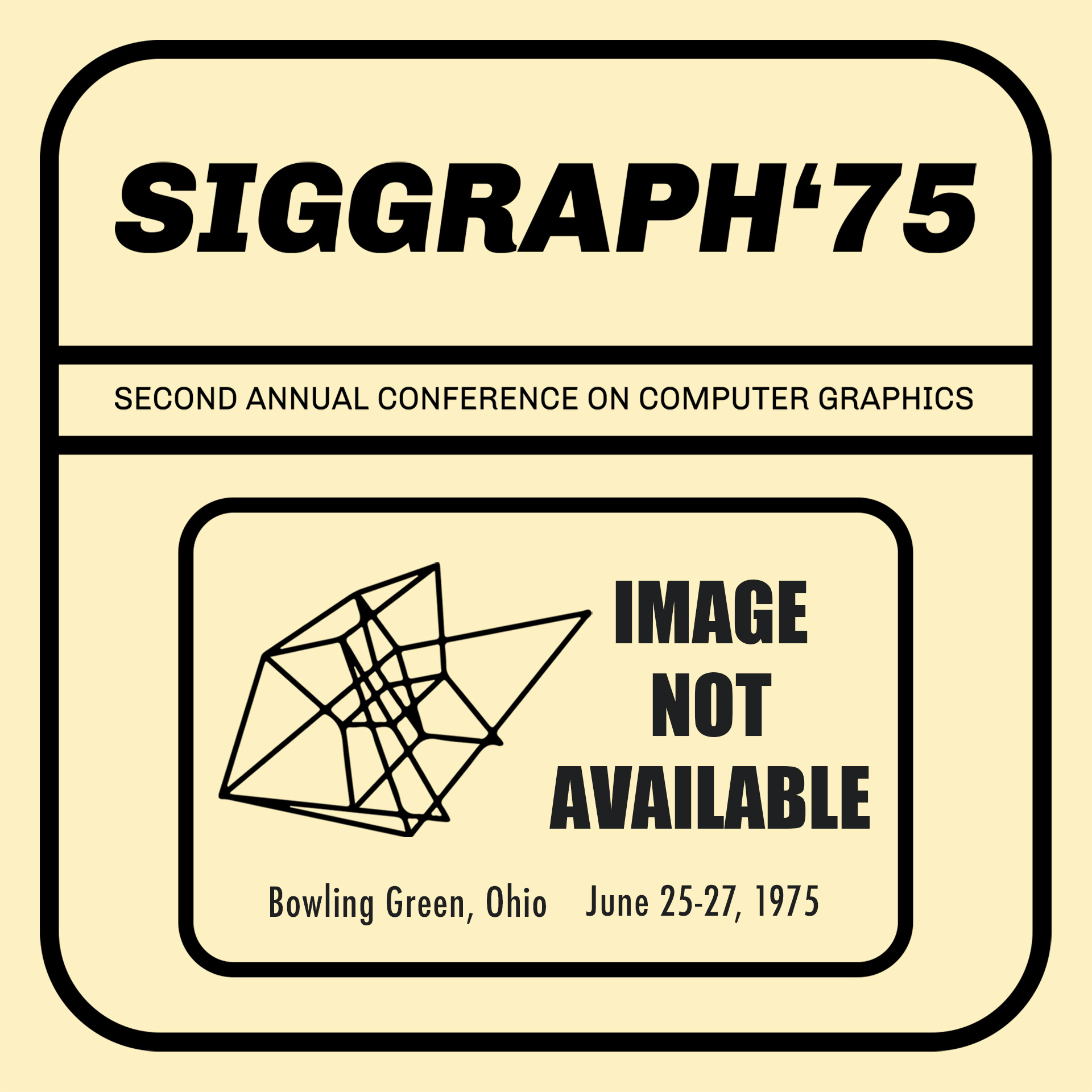“A Polyhedran Clipping and Capping Algorithm and a Display System for Three-Dimensional Finite Element Models” by Stephenson and Christiansen
Conference:
Type(s):
Title:
- A Polyhedran Clipping and Capping Algorithm and a Display System for Three-Dimensional Finite Element Models
Session/Category Title: Large Systems Session
Presenter(s)/Author(s):
Moderator(s):
Abstract:
This paper describes an algorithm for clipping and capping polyhedrons and a display system for three-dimensional finite element math models to facilitate viewing internal surfaces in the form of continuous tone computer generated color images. A plane is passed through the model with the result that the elements (or portions thereof) on one side of the plane may be eliminated. A new grid is generated for the cutting plane to include the prediction of such quantities as displacements, stresses, and temperatures. The Cutting plane is colored and/or warped to indicate the variation of selected scalar functions.
References:
1. Sutherland, Ivan P. and Hodgman, Gary W., “Reentrant Polygon Clipping,” CACM, Vol. 17, Jan. 1974, pp. 32–42.
2. Wylie, C., Romney, G., Evans, D. C., and Erdahl, A., “Halftone Perspective Drawings by Computer,” Proceedings Fall Joint Computer Conference, American Federation For Information Processing Systems, Vol. 31, Nov. 1967.
3. Warnock, J. E., “A Hidden Surface Algorithm for Computer Generated Halftone Pictures,” Tech. Rep. TR 4-15, 1969, Div. Computer Science, University of Utah, Salt Lake City.
4. Romney, G. W., “Computer Assisted Assembly and Rendering of Solids,” Tech. Rep. TR 4-20, 1970, Div. Computer Science, University of Utah, Salt Lake City.
5. Watkins, G. S., “A Real Time Visible Surface Algorithm,” Tech. Rep. UTEC-CSc-70-101, July 1970, Div. Computer Science, University of Utah, Salt Lake City.
6. Rougelot, R. S., and Shoemaker, R., “G. E. Real Time Display,” NASA Rep. NAS 9-3916, General Electric Co., Syracuse, N.Y.
7. MAGI, Mathematical Applications Group Inc., “3-D Simulated Graphics,” DATAMATION, Vol. 14, Feb. 1968, p. 69.
8. Comba, P. G., “A Procedure For Detecting Intersections of Three-Dimensional Objects,” Rep. 39.020, Jan. 1967, IBM New York Scientific Center, New York, N.Y.
9. Weiss, R. A., “Be Vision, A Package of IBM 7090 Fortran Programs to Draw Orthographic Views of Combinations of Planes and Quadric Surfaces.” JACM, Vol 13, April 1966, pp. 194–204.
10. Mahl, R., “Visible Surface Algorithms for Quadric Patches,” Tech. Rep. UTEC-CSc-70-111, Dec. 1970, Div. Computer Science, University of Utah, Salt Lake City.
11. Catmul, E., “A Subdivision Algorithm for Computer Display of Curved Surfaces,” Tech. Rep. UTEC-CSc-74-133, Dec. 1974, Div. Computer Science, University of Utah, Salt Lake City.
12. Gouraud, H., “Computer Display of Curved Surfaces,” June 1971, Unpublished Ph.D. Thesis, Div. Computer Science, University of Utah, Salt Lake City.
13. Phong, Bui-Tuong, “Illumination for Computer Generated Images,” Aug. 1973, Unpublished Ph.D. Thesis, Div. Computer Science, University of Utah, Salt Lake City.
14. Maurer, W. D., “An Improved Hash Code for Scatter Storage,” CACM, Vol. 11, Jan. 1968, pp. 35–38.
15. Christiansen. H. N., “Displays of Kinematic and Elastic Systems,” Proceedings of the Third Conference on Matrix Methods in Structural Mechanics,” Oct. 1971, Wright-Patterson Air Force Base, Dayton, Ohio.
16. Christiansen, H. N., “Applications of Continuous Tone Computer-Generated Images in Structural Mechanics,” Structural Mechanics Computer Programs, 1974, University Press of Virginia, Charlottesville, pp. 1003–1015.





